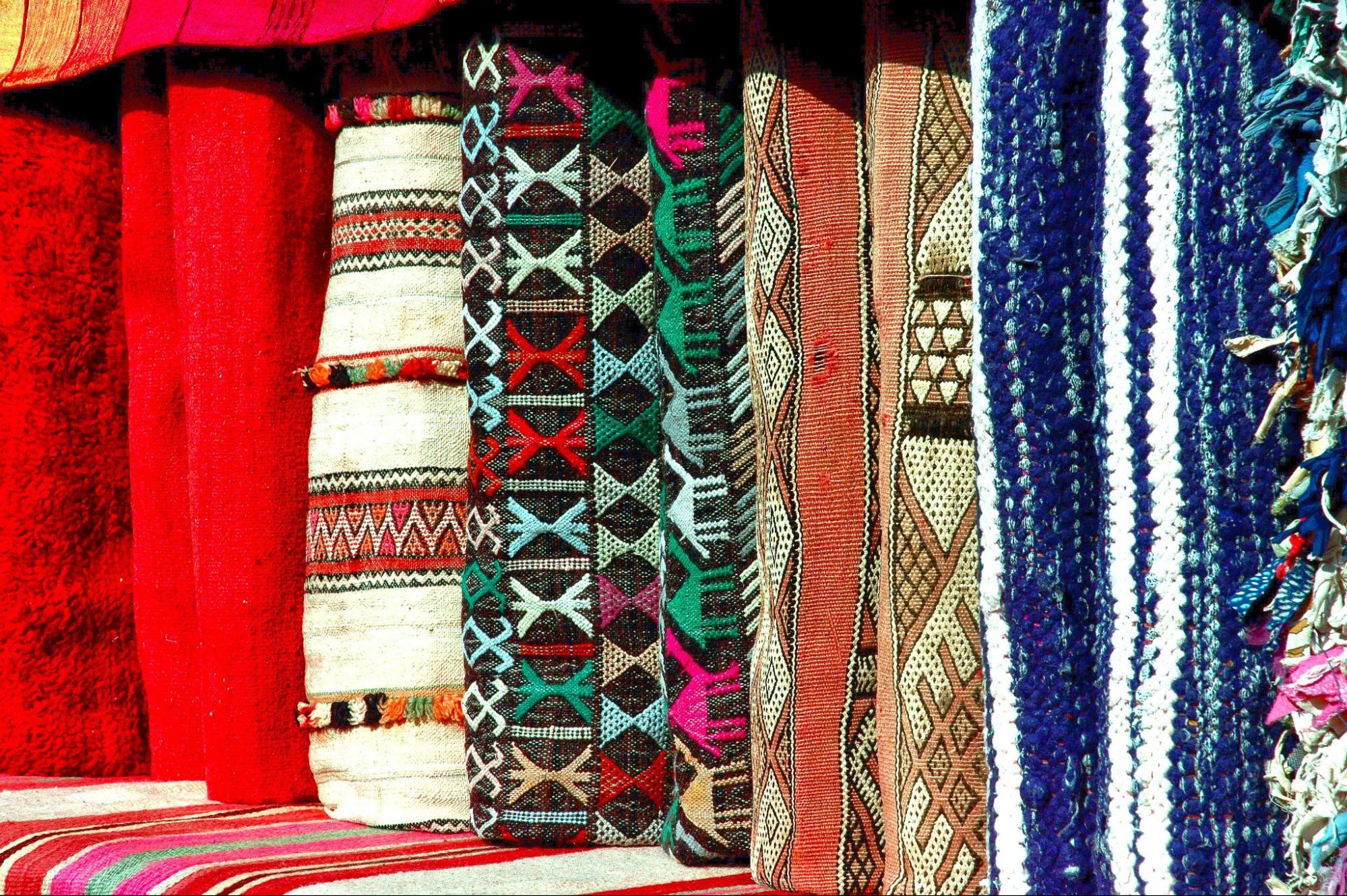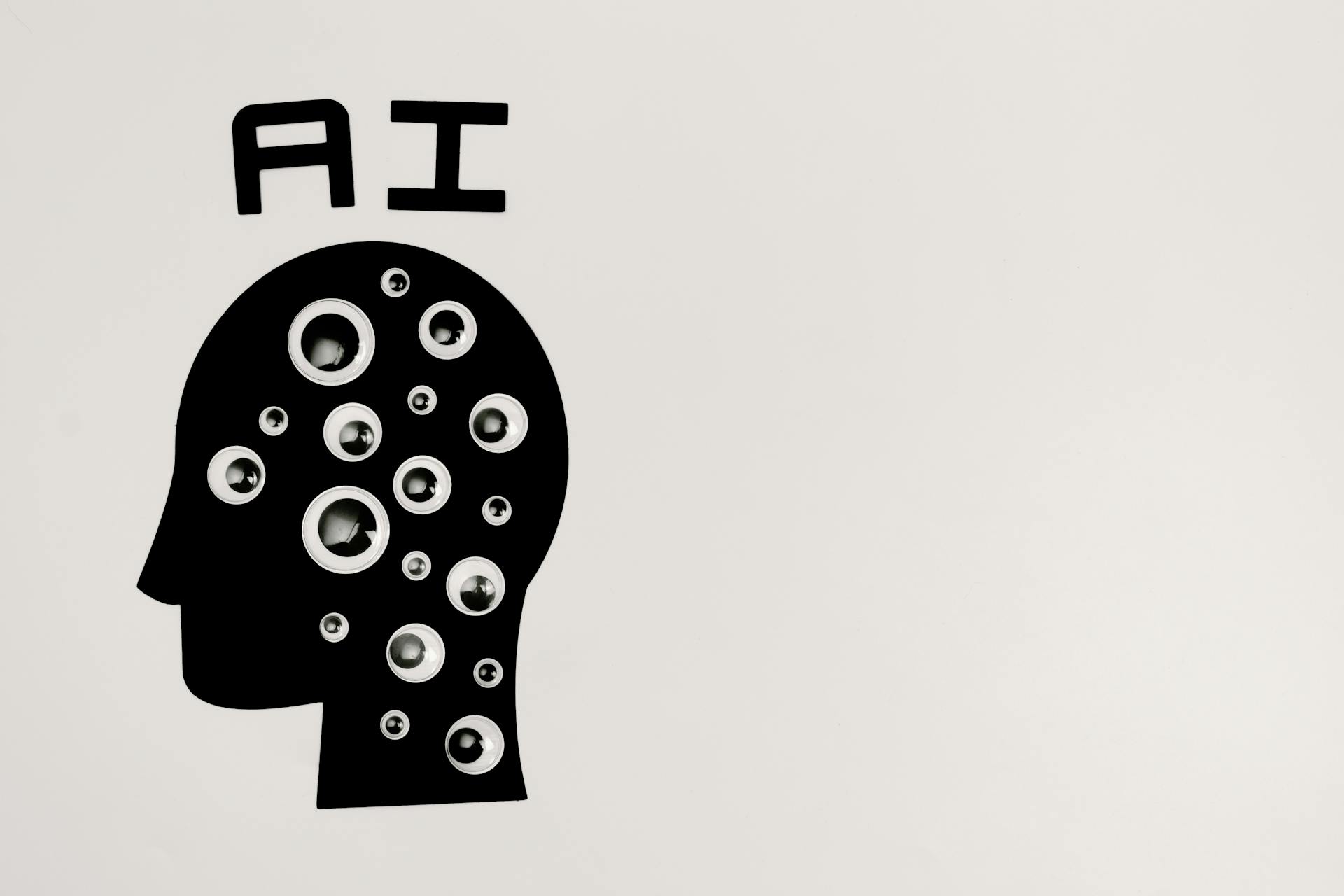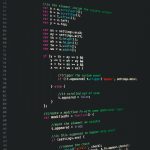In today’s creative landscape, the art of pattern design is undergoing a quiet yet significant transformation. Advances in artificial intelligence (AI) now enable designers to generate intricate, cohesive patterns in seconds—offering a fresh approach to everything from textiles to architectural ornamentation. While this process might sound futuristic, the underlying technology is both practical and accessible.

AI Image Generation: The New Creative Tool
AI image generators harness techniques like text-to-image synthesis, image-to-image translation, and generative adversarial networks to create visuals from scratch. Tools such as DALL-E 2 and Midjourney are widely used, and those interested in generating images with AI for free can try CGDream. For instance, a textile designer might quickly produce a range of fabric swatches based on a descriptive prompt, streamlining the ideation process.
Efficiency and Adaptability in Design
One of the key advantages of AI in pattern design is speed. Traditional methods, which require meticulous sketching and manual refinement, can be both time-consuming and labor-intensive. In contrast, AI-powered systems can:
- Generate multiple pattern variations quickly: What used to take hours can now be done in seconds.
- Adapt to diverse design requirements: AI can tailor outputs to different sizes, formats, and applications, making it ideal for textiles, surface designs, and even bespoke tiles.
- Incorporate market trends: By analyzing vast amounts of data—from historical designs to current consumer preferences—AI tools suggest patterns that are both visually appealing and commercially viable.
Even so, human oversight remains essential. Designers refine and curate AI outputs, ensuring that final patterns not only look appealing but also resonate with a brand’s identity. This balance is especially evident in projects involving pattern design with AI generator techniques, where automation enhances creativity without replacing the designer’s touch.

Real-World Applications and Practical Insights
Industry leaders are already integrating AI into their design workflows. In textiles, companies like FabricGenie and PatternedAI are using AI to create zero-waste fabric designs that adapt seamlessly to various garment sizes—speeding up production while reducing material waste. Similarly, startups such as Not Quite Past are exploring AI-generated tile designs that evoke historical art styles, offering customizable solutions for interior decor.
For professionals interested in incorporating AI image generation into their practice, consider these practical tips:
- Experiment with Prompts: Fine-tune your text descriptions to guide the AI effectively. Specific prompts yield more refined outputs.
- Iterate and Refine: Use initial AI outputs as a starting point. Tweak and enhance them with traditional tools like Photoshop to achieve the perfect balance.
- Blend Creativity with Data: Combine artistic insight with data-driven suggestions from AI tools to produce designs that are both unique and market-aligned.
Looking Ahead
As AI continues to mature, its role in pattern design will likely expand, becoming an indispensable part of the creative process. Instead of replacing human creativity, AI serves as a powerful collaborator—enabling designers to explore new ideas and streamline production workflows. This fusion of traditional craftsmanship with modern technology not only accelerates the design process but also democratizes creativity, making high-quality pattern design accessible to a broader range of industries and professionals.
By embracing these innovations and leveraging AI image generation tools, designers can now create patterns that, quite literally, design themselves.



